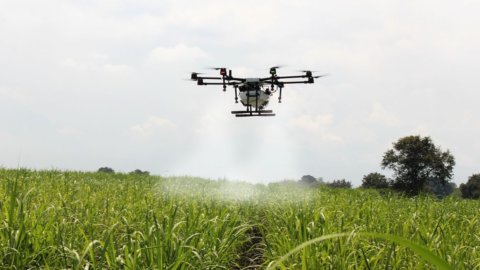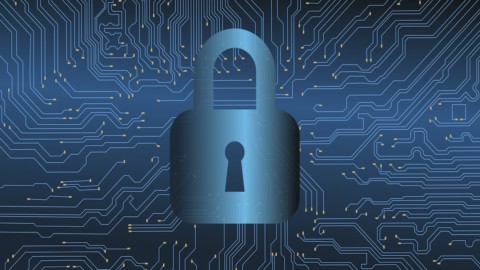Setback for the development of the Internet of things in Italy. Covid has slowed down a process that seemed well launched, and now it will be the task of the Minister of Digital Transition, Vittorio Colao, to finally give Italy an infrastructure that is up to the challenge. However, there is a sector, according to the latest data Milan Polytechnic Observatory, which does not beat slack at all: if in fact the Internet of Things market as a whole is worth 6 billion in 2020 (-3% after +24% in 2019 and +35% in 2018), with some sectors such as the smart home recorded a -5%, smart agriculture instead marked an important +17% to 140 million euros in value. A still modest value out of the total, but growing rapidly thanks to solutions for monitoring and controlling agricultural vehicles and equipment, connected machinery, drones and robots for field activities.
The boost to so-called agriculture 4.0 has been somewhat decisive precisely in these months of Covid emergency, given that the arrival of robots and drones has saved the crops in the Italian fields left without workers due to the intermittent restrictive measures. The Smart AgriFood Observatory, also managed by the Milan Polytechnic, found a few weeks ago that only about 4% of the cultivated area in Italy is 4.0, but that this market (which also includes the IoT but not only) has reached a value of 540 million euros in 2020 (about 4% of the global market), registering a 20% growth over the previous year, in line with the pre-pandemic trend, therefore without any backlash. Italian agricultural businesses are therefore seizing the various opportunities that technology can offer, right at your smartphone's reach: from optimizing production and quality to reducing business costs, from minimizing environmental impacts with seeds, fertilizers, agropharmaceuticals to reducing the use of water thanks to weather and fuel consumption monitoring.
The most used are the Precision Agriculture solutions, tools to support field activities, such as monitoring and control systems for vehicles and equipment (36% of the market), and connected machinery (30%). Robots for fields, including drones, fascinate the collective imagination but represent 2% of expenditure. The total Agriculture 4.0 solutions are 538, most of which thanks to Big Data Analytics and precisely to the Internet of Things. The most active sectors are fruit and vegetables, wine and cereals. As many as 60% of farms use at least one digital solution, and 38% employ two or more. “The agri-food sector - commented Andrea Bacchetti, Director of the Smart Agrifood Observatory - has passed the test of the pandemic, showing itself to be dynamic and open to innovation, well aware of the benefits that the application of digital technologies can bring in terms of efficiency, competitiveness, sustainability of the supply chain”.
But to grasp the technological innovations offered by agriculture 4.0, however, it is necessary to fill delays in broadband expansion in inland and mountainous areas. Almost 1 in 3 families (32%) who live in the countryside do not have a broadband connection, according to Coldiretti processing of Istat data relating to municipalities with fewer than two thousand inhabitants in 2019.




